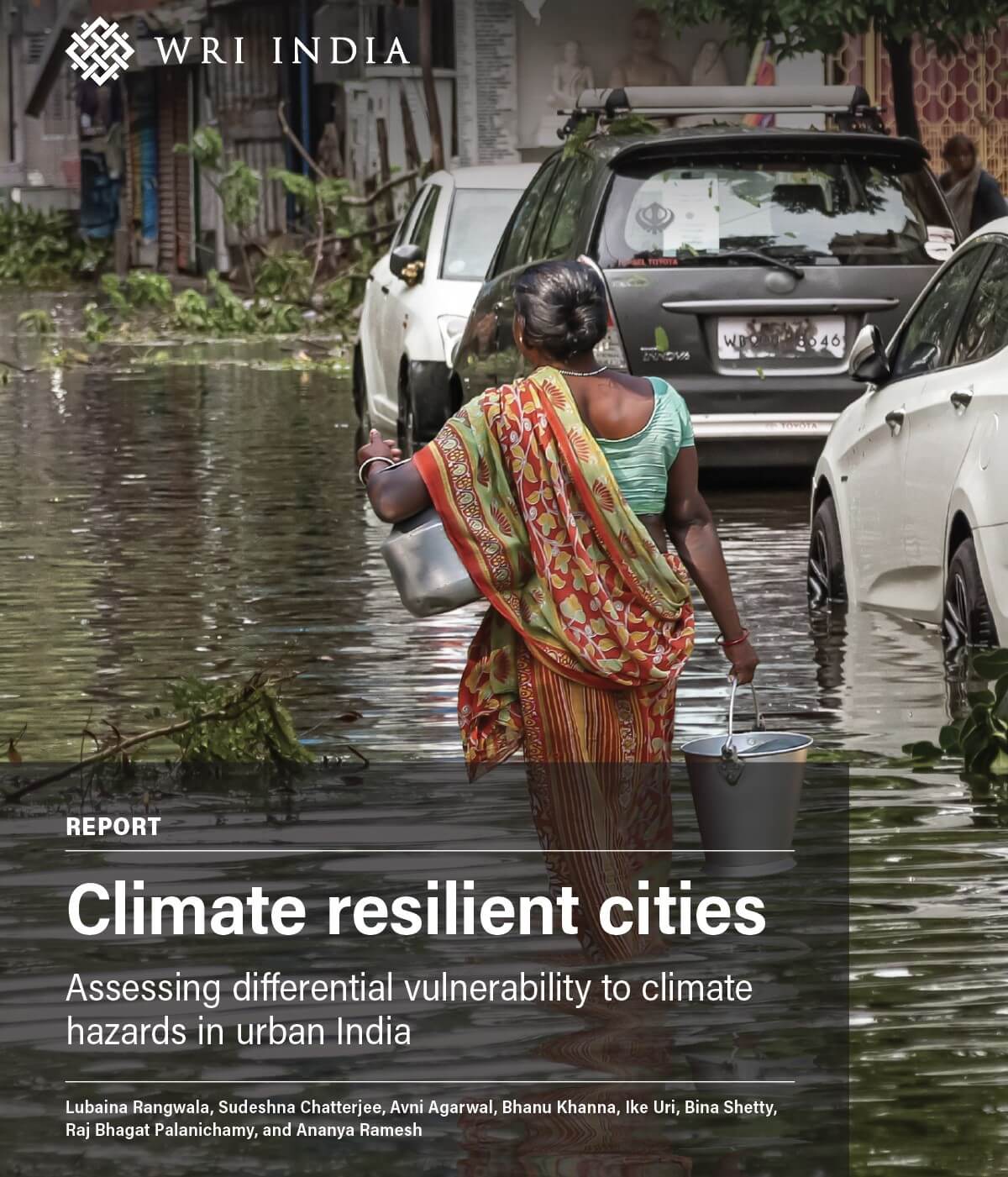Worlds of Water: 5 Books to Understand India’s Water Systems
by -
From the earliest known records of human civilizations to the current world map, water has been the critical element determining where habitations and city-regions flourished. Whether it be Mesopotamia, emerging between the riverine landscapes of the rivers Tigris and Euphrates, or the Harappa civilization on the Indus River in the Indian subcontinent, history has demonstrated that destinies of human settlements remain tied to their water systems- often dwindling as these vital ecosystems collapsed over time.
The relationship between water and human settlements endures, but much has changed in how this fundamental resource has been made use of over centuries, and more rapidly over the last few decades. As climate change variability shapes a new normal in the era of the Anthropocene, its devasting effects remain on display in our lives and in the news throughout the year. According to reports, India is estimated to suffer losses close to USD 87 billion in 2022 due to extreme weather events such as tropical cyclones, floods and droughts causing irreversible impact on human lives, infrastructure and ecosystems. However, a deeper look into news coverage can reveal there is more to this than episodes of extreme weather events triggered by climate change. There are systemic challenges at play here ranging from issues of ground water to impacts on our rivers, from challenges of quality to politics of access. India is one of the most water-challenged countries in the world. We seem to be plagued by not enough, and too much, of water.
Yet, much of our understanding of water-related challenges remains limited to catchphrases like acute shortage, rising costs, escalating pollution and overuse. This World Water Day, we bring to you a list of five recent books that offer a peek into the world of water. These books offer insights on the centrality of water systems in how our lives, economies and ecologies function across regions and the far-reaching consequences of taking it for granted. While the issues relate to larger impact regions of watersheds, urban areas often become the theatre of the consequences of these challenges due to their sheer concentrations of people, livelihoods and of infrastructure.
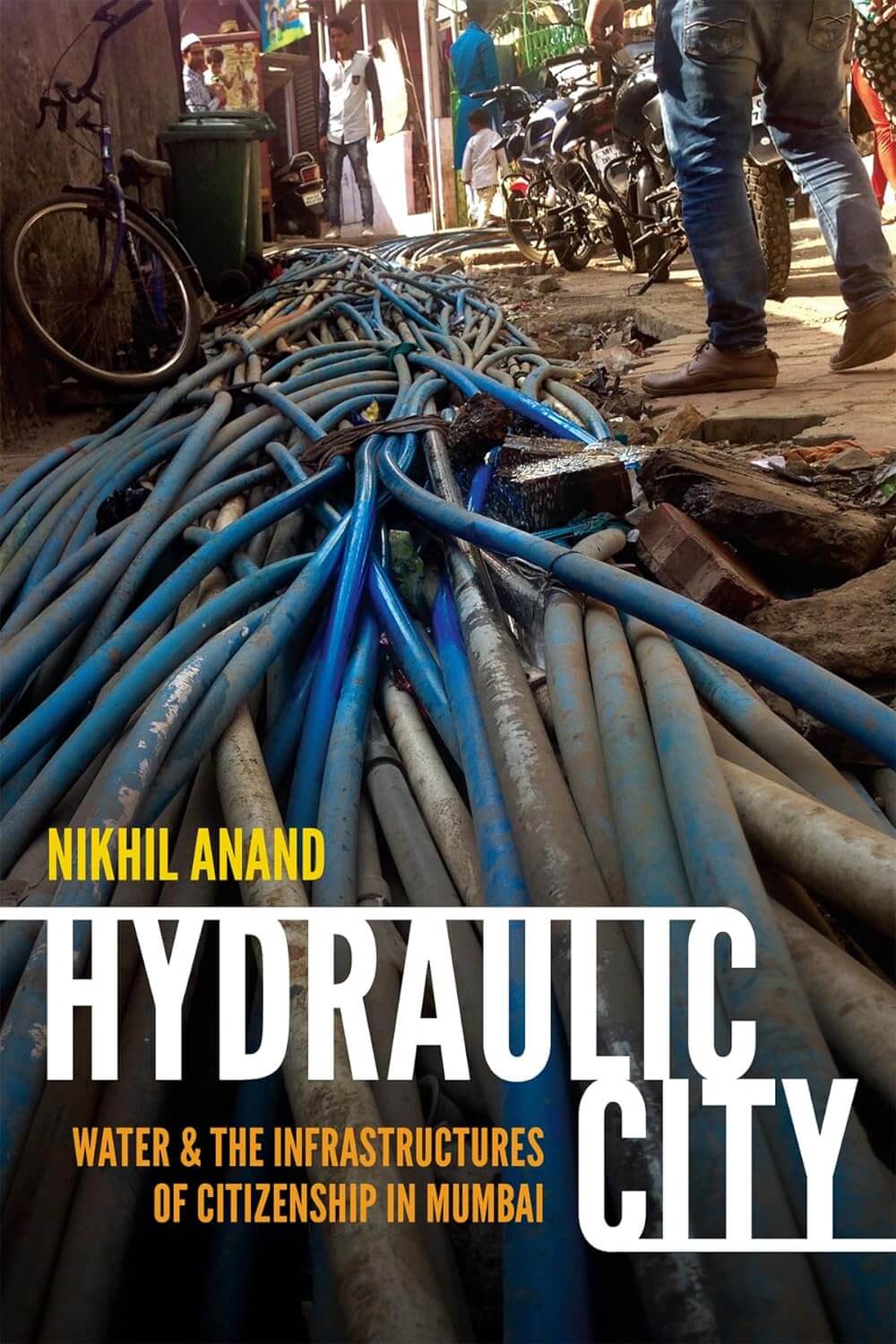
Environmental anthropologist Nikhil Anand shows how the city of Mumbai, reclaimed out of water itself, receives its water supply and how this process becomes the bedrock of political practice of citizenship. In Hydraulic City, he lays bare the subterranean lives of cities, revealing the good, bad and ugly of what makes them run. Through the lens of Mumbai’s water infrastructure and the '3000 miles of pipes that bind it’, he brings forth all kinds of actors and the politics that ensues to control, supply, manage and yield the most precious resource in the world – water.
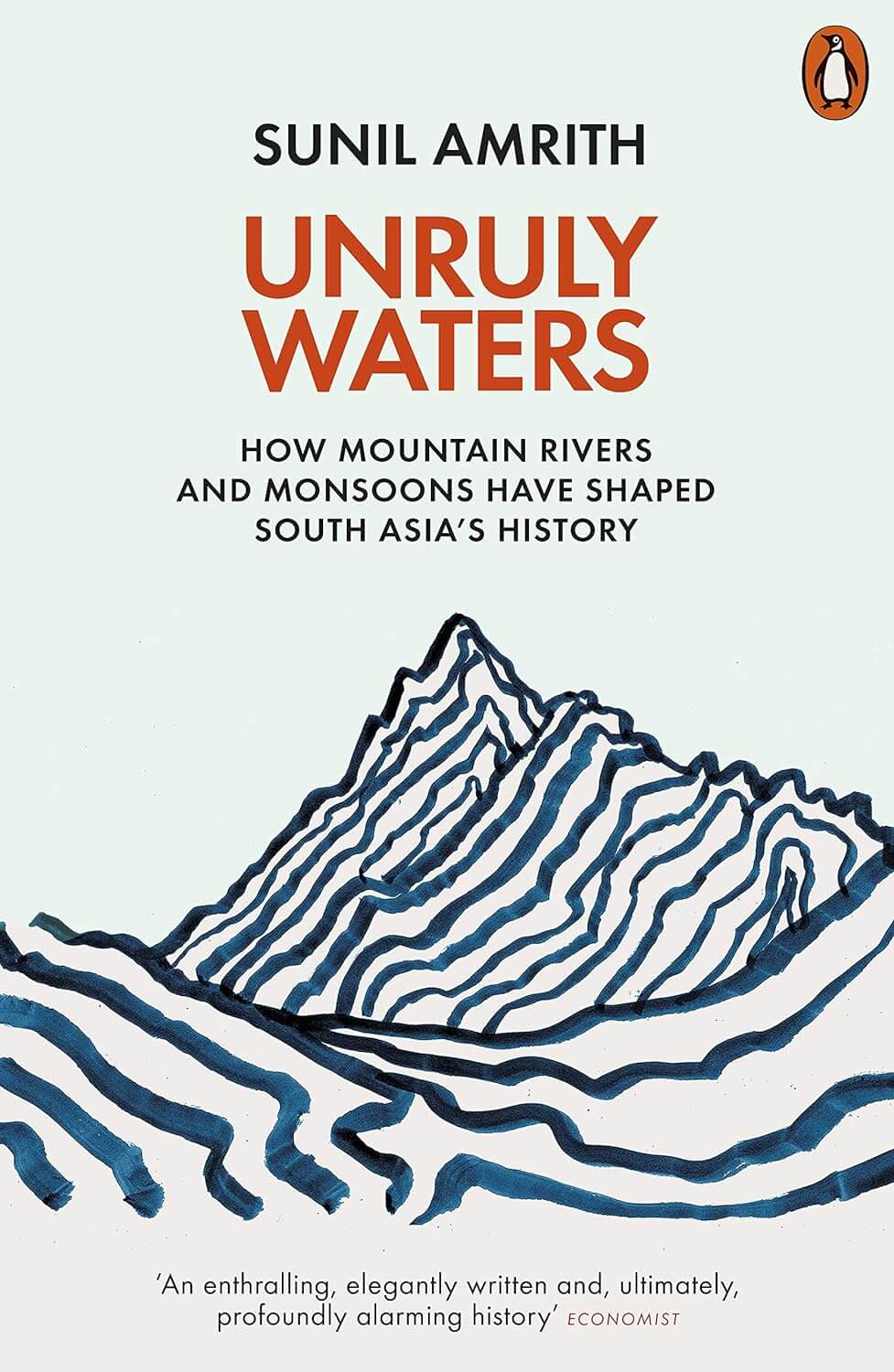
Unruly Waters allows us to zoom out and revisit South Asia’s history through the ’stories of its rains, rivers, coasts, and seas.’ Through this book, Sunil Amrith brings into relief how the human hand has attempted to control and harvest water resources and in doing so, irreversibly shaped the subcontinent’s landscapes. He brings forth the real costs and manifestations of forcing water courses to align with economic visions and national desires even as the shadow of political tensions, turf wars and frequent hydro-met disasters grows taller.
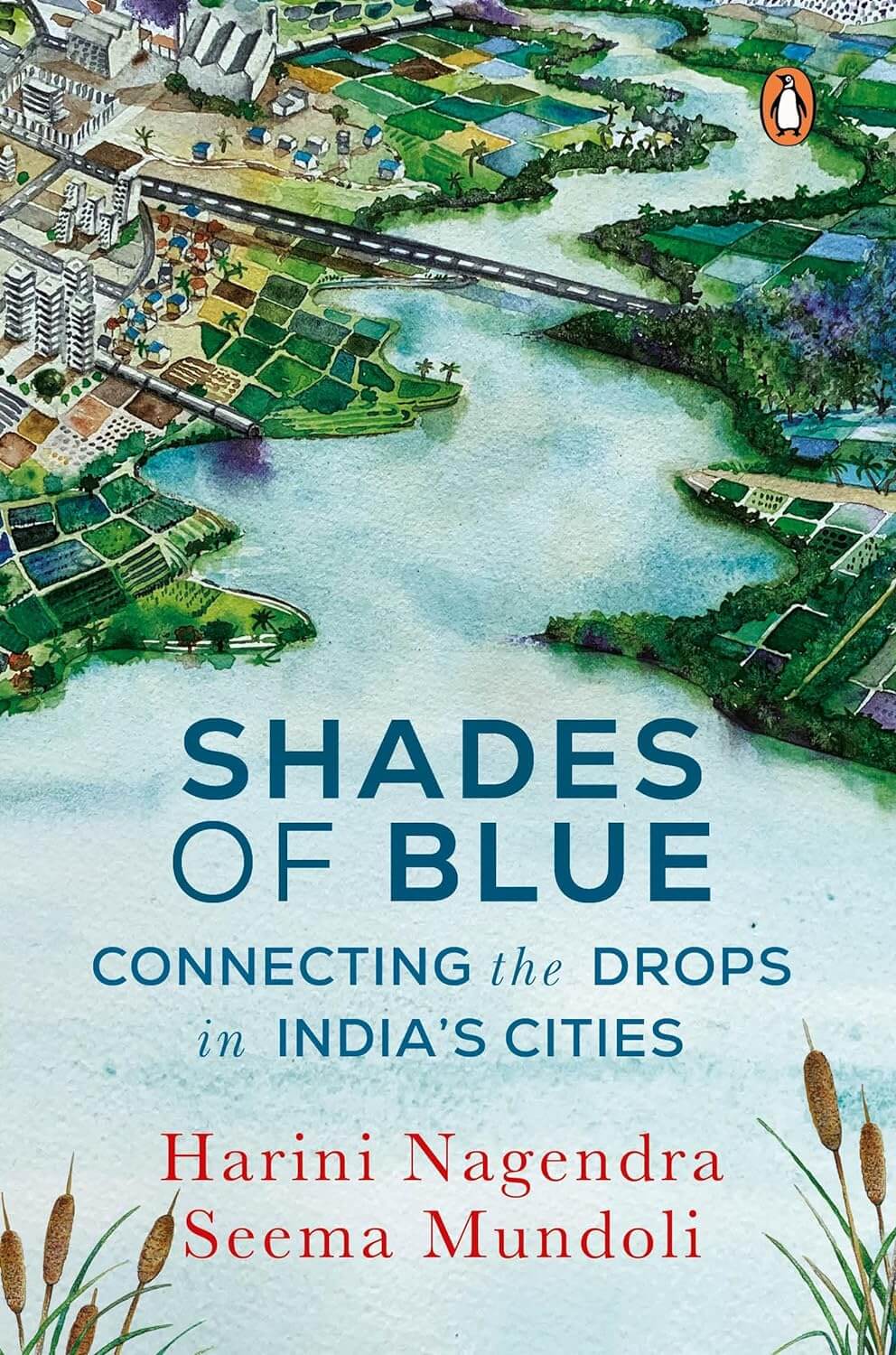
Shades of Blue: Connecting the Drops in India’s Cities is an anthology of essays that is more than the sum of its parts. Harini Nagendra and Seema Mundoli dive into deep waters and take us with them to explore its interrelated realms. As we travel, we take the routes of folklore, science, mythology, rituals, plans and practice to understand our connection to water bodies. Interspersed within these chapters are islands of focus on a range of Indian cities enveloped in unique ecological contexts and challenges. The dots (and drops) connect to a larger picture that allows for a much needed and easy to access understanding of waterscapes in the Indian context.
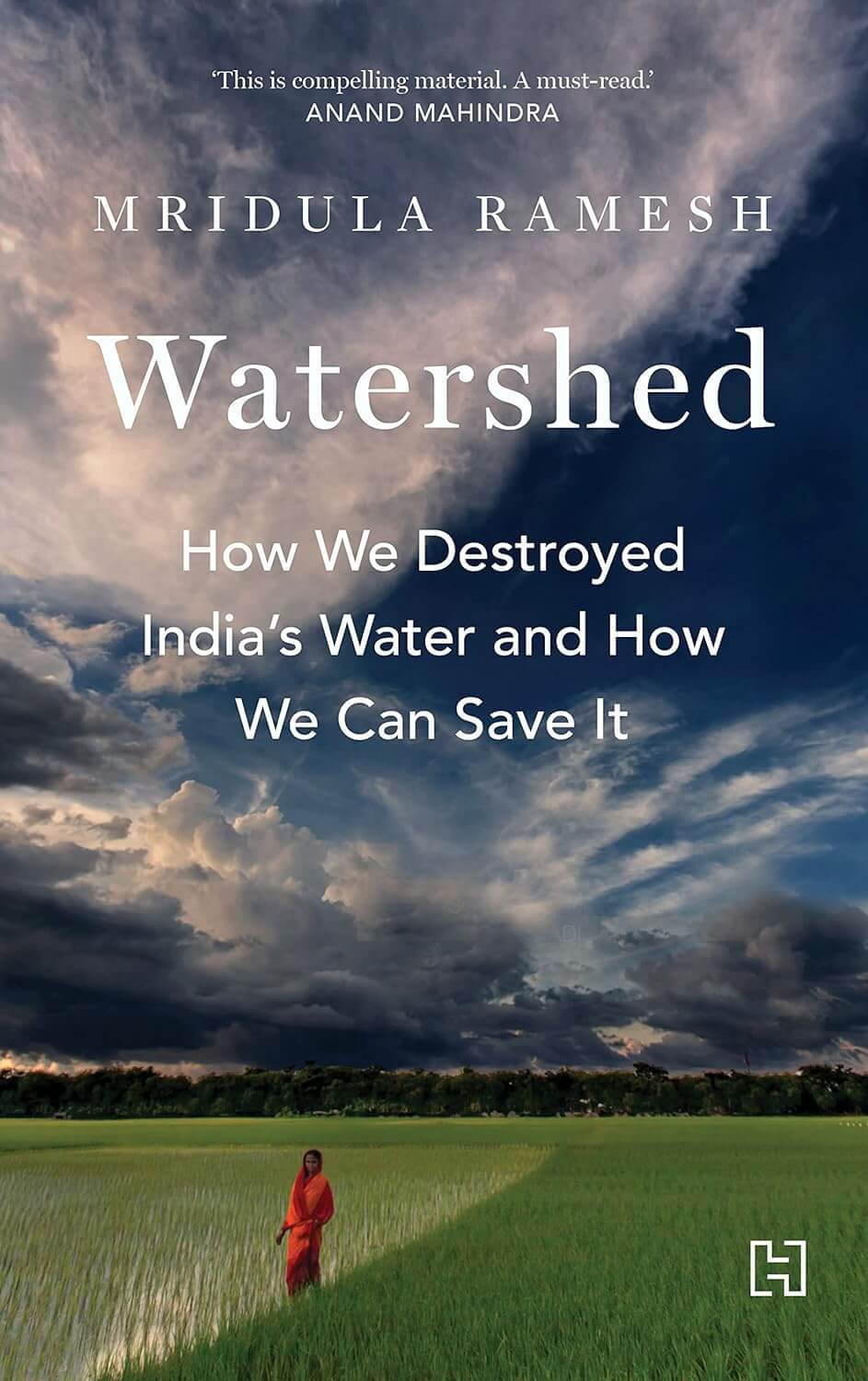
Tracing India’s water history through 4,000 years to present day, Mridula Ramesh looks at how rising groundwater degradation is having a direct impact on India’s water security and resilience. Illuminating the roles played by stressors such as legacy planning regimes, unsustainable urban growth, inadequate water management, pricing policies and lack of data, Watershed: The Story of India’s Water in the Age of Climate Change not only lays out the crisis we face today but offers a cocktail of hope through lessons from traditional water management systems and recommendations for interventions toward a more water-secure future.
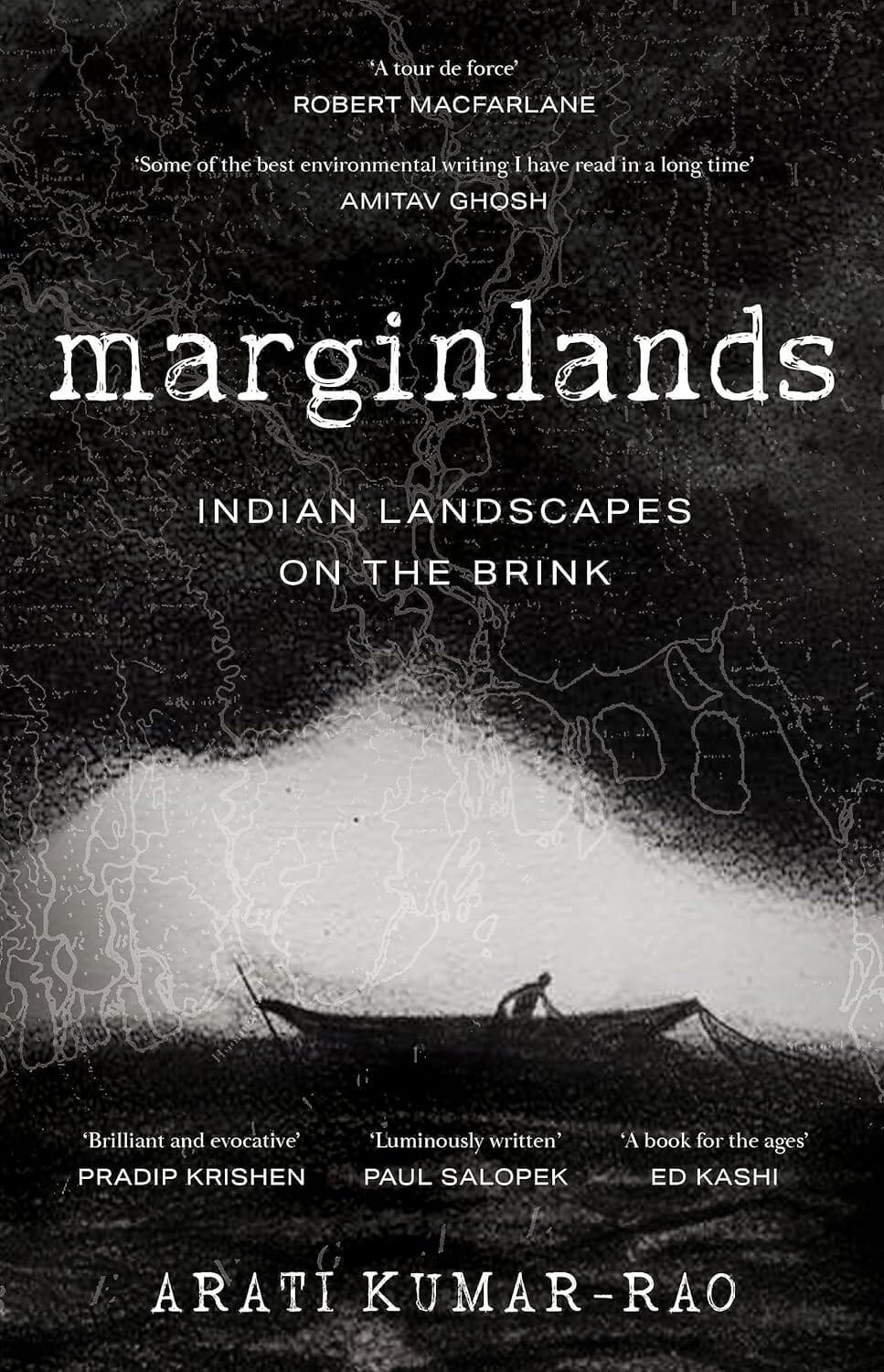
In her journey into the lives and landscapes that enliven India’s forgotten or marginalized wastelands, Arati Kumar Rao catches the nerve of ecological sustenance that looks through human stories but reaches beyond them into their habitats and hydrology. Stringing together stories from the ancient water recharge techniques that allowed habitation in the Thar desert to the entangled lives of fishing communities in Sundarbans that face the fatal consequences of man-animal conflicts, from intertidal ecosystems on beach shores to coastal and riverine erosion due to changing river course and sea levels, she builds a way to see the slow violence that beats down on these landscapes and its consequences for current and future generations.
Understanding ecosystems, lifecycles and impacts of water resources can be the first step toward action – streamlining our use of water, identifying potential for improving water resilience across scales, and pushing for water sensitive urban planning and action. Despite its seeming abundance only 1% of all of Earth's water is readily usable by humans. Hence, understanding its sources and optimizing its use remain paramount. From communities to biodiversity, ensuring regenerative waterscapes will translate into thriving city-regions and ecological habitats for all. This reading list will ensure that next time you take a refreshing sip of water after a tiring day, you think of how long it took to get there.
All views expressed by the author are personal.

